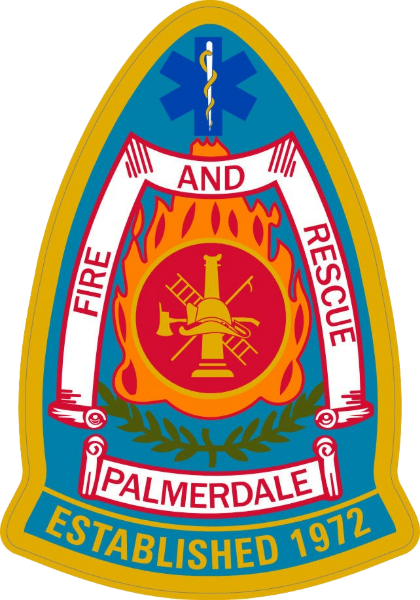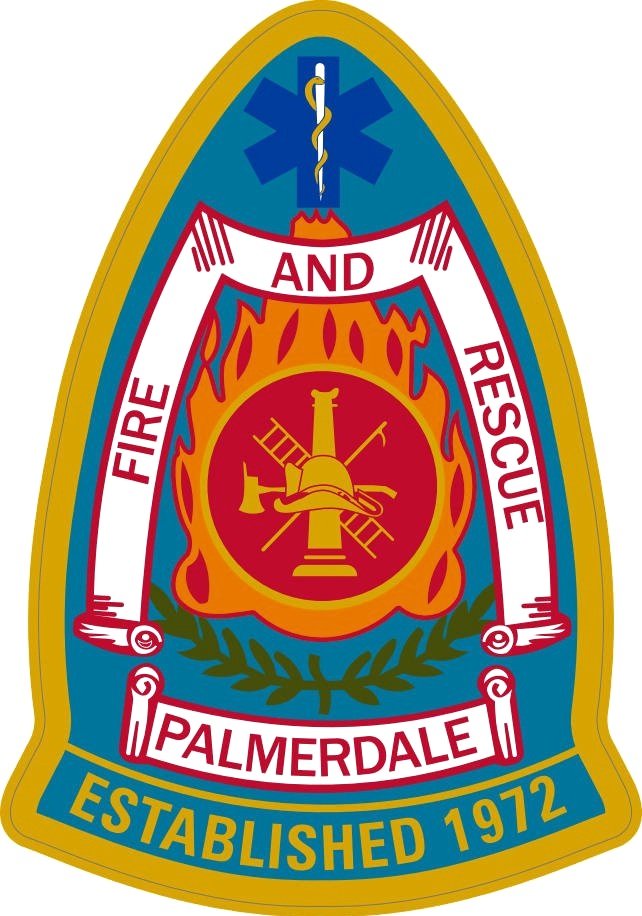
Ambulance Billing Questions? Send and email to Ambulance@PalmerdaleFire.org
Palmerdale has 2 Ambulances Available for Transport Rescue 511 and Rescue 513
-
The 911 dispatcher will ask you a series of questions to determine the appropriate response and based on your location, which agency to send. The arriving personnel will provide medical treatment according to the agency’s medical protocols and if necessary, transport you to an emergency facility. The facility chosen is based upon several factors including: patient choice, patient’s condition, and emergency department availability.
-
Yes. Ambulance Transport is a private service. If you are taken by ambulance to an emergency facility, you will be charged for that service by the provider.
-
Palmerdale has two ambulances capable of transport. If both are tied up on other calls, 911 Dispatch may send an ambulance from another agency. Palmerdale has mutual aid agreements with the surrounding agencies to help provide assistance when the 911 and transport system is overwhelmed. We back each other up.
-
No. You must call 911. All calls for service must be routed through 911 Dispatch. If you call the Fire Station directly, the response and care you receive will be delayed because the EMS personnel will have to alert 911 Dispatch for you . Also, information regarding the location and nature of the call will not be obtained while EMS personnel are in route.
-
Yes. While you are answering the dispatchers questions, an ambulance is being dispatched to your location and they are being provided with the information you give. This helps responders to better prepare for your specific emergency need.
-
Fire District personnel will ask for essential personal and insurance information including the following: date of birth, social security number, address, phone number, and insurance company information. This information is used for billing purposes only.
-
Yes. One person can go with you in the ambulance, however, for safety reasons, they must be seat belted in the passenger seat next to the driver in the front of the ambulance.
-
All fire district personnel are cross trained as firefighters and EMS providers. The fire engines are dispatched to support the paramedic on the ambulance.
-
When emergency departments are treating a large number of patients, it is not always possible to be taken to the facility you choose. Sometimes hospitals go on “Diversion” which means they are unable to accept ambulance patients because they are already too busy. If that is the case, ambulance patients will be “Diverted” to another facility capable of handling their medical need.

